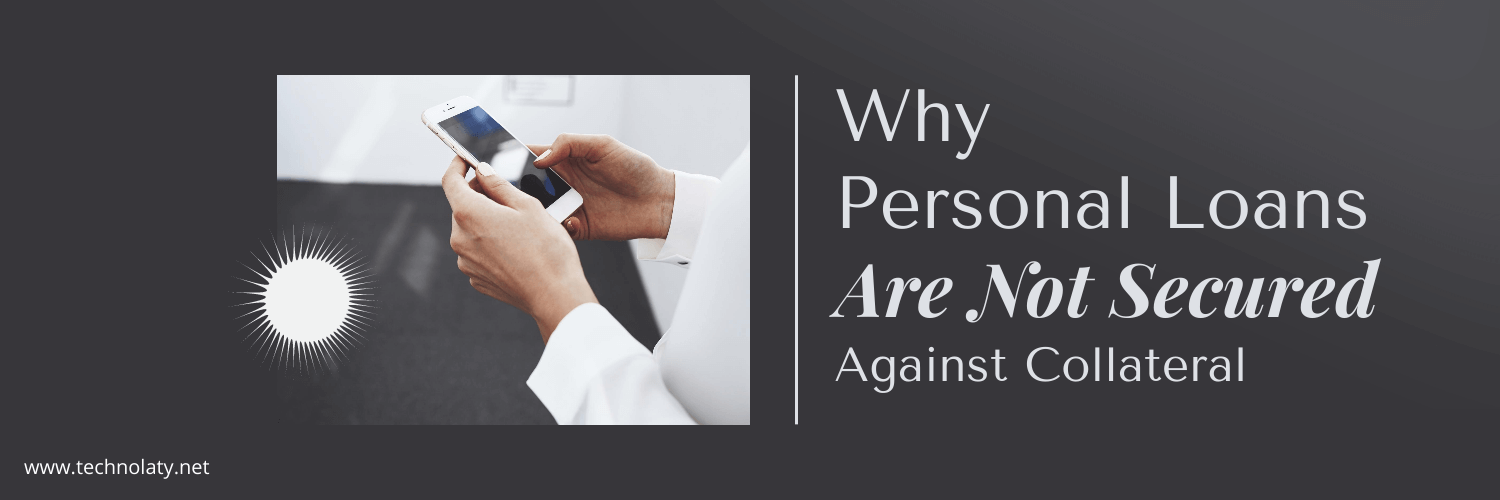When considering loans, it’s crucial to understand the fundamental differences between secured and unsecured loans. This knowledge will help you make informed decisions based on your financial situation and borrowing needs. Here’s a comprehensive guide to understanding these two types of loans, focusing on personal loans.
Secured Loans
A secured loan is one where the borrower pledges an asset as collateral to obtain the loan. The most common examples of secured loans are mortgage loans and car loans.
How Secured Loans Work
- Collateral: In a car loan, for instance, the car acts as collateral. If the borrower fails to repay the loan, the lender can seize the vehicle to recover the outstanding debt.
- Repayment: The borrower makes monthly payments (EMIs) that cover both the principal and the interest. The terms are generally more favorable due to the lender’s reduced risk.
Advantages of Secured Loans
- Lower Interest Rates: Because the loan is backed by collateral, lenders typically offer lower interest rates than unsecured loans.
- Higher Loan Amounts: Secured loans often allow for more significant borrowing due to the collateral backing the loan.
Disadvantages of Secured Loans
- Risk of Asset Loss: If the borrower defaults, they risk losing the asset pledged as collateral.
- Complex Application Process: The process can be more involved, requiring documentation and valuation of the collateral.
Unsecured Loans
An unsecured loan does not require any collateral. Instead, it is granted based on the borrower’s creditworthiness and repayment ability.
How Unsecured Loans Work
- No Collateral: These loans are not backed by any physical asset. Lenders rely on the borrower’s credit history and income to determine eligibility.
- Repayment: The borrower repays the loan in EMIs, including the principal and interest. The terms can vary depending on the lender and borrower’s credit profile.
Advantages of Unsecured Loans
- No Risk of Asset Loss: Since there is no collateral, borrowers do not risk losing personal assets if they default on the loan.
- More straightforward Application Process: The application process is usually quicker and less complex than secured loans.
Disadvantages of Unsecured Loans
- Higher Interest Rates: Unsecured loans typically have higher interest rates due to the lender’s increased risk.
- Stricter Eligibility Criteria: Lenders place a higher emphasis on the borrower’s credit score and income.
Personal Loans: Secured vs. Unsecured
Personal loans can be either secured or unsecured, though most commonly, they are unsecured. Here’s a closer look:
Unsecured Personal Loans
- Based on Creditworthiness: These loans are granted based on the borrower’s credit score, income stability, and credit history.
- Higher Interest Rates: Due to the lack of collateral, interest rates are generally higher.
Secured Personal Loans
- Backed by Collateral: Some lenders offer secured personal loans where borrowers must provide collateral to obtain the loan.
- Lower Interest Rates: These loans may come with lower interest rates than unsecured personal loans due to reduced risk for the lender.
Factors Affecting Unsecured Loan Approval
To increase the likelihood of securing an unsecured loan, consider the following:
- Good Credit History: A solid credit history demonstrates reliability and improves the chances of approval.
- Stable Income: A consistent income stream indicates the ability to repay the loan.
- Excellent Credit Score: A higher credit score can lead to better loan terms and lower interest rates.
How to Get a Better Personal Loan Rate
Here are some strategies to potentially secure a better rate on a personal loan:
- Maintain a High Credit Score: Higher credit scores often qualify for lower interest rates.
- Leverage Existing Relationships: They may offer better rates if you have an established relationship with a lender.
- Shop Around: Research and compare offers from different lenders to find the best rates.
Conclusion
Understanding the differences between secured and unsecured loans is essential for making informed borrowing decisions. Secured loans offer lower interest rates but come with the risk of losing collateral. Unsecured loans, while not requiring collateral, generally have higher interest rates and stricter eligibility criteria. Maintaining a solid credit profile and researching various options can improve your chances of obtaining favorable loan terms.
FAQs
What is the primary difference between secured and unsecured loans?
Secured loans require collateral, while unsecured loans do not. The risk is higher for unsecured loans, leading to higher interest rates.
Why are personal loans typically unsecured?
Personal loans are generally unsecured because they are based on the borrower’s creditworthiness rather than collateral.
How can I qualify for an unsecured personal loan?
To qualify, you would need a good credit history, a stable income, and a high credit score.
How can I get a better interest rate on a personal loan?
Maintain a high credit score, leverage existing relationships with lenders, and compare offers from various lenders.
Are there any risks associated with unsecured loans?
The primary risk is the impact on your credit score if you fail to repay the loan, which can affect your ability to borrow.

